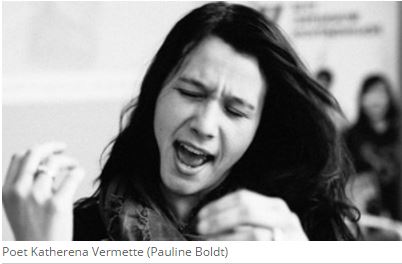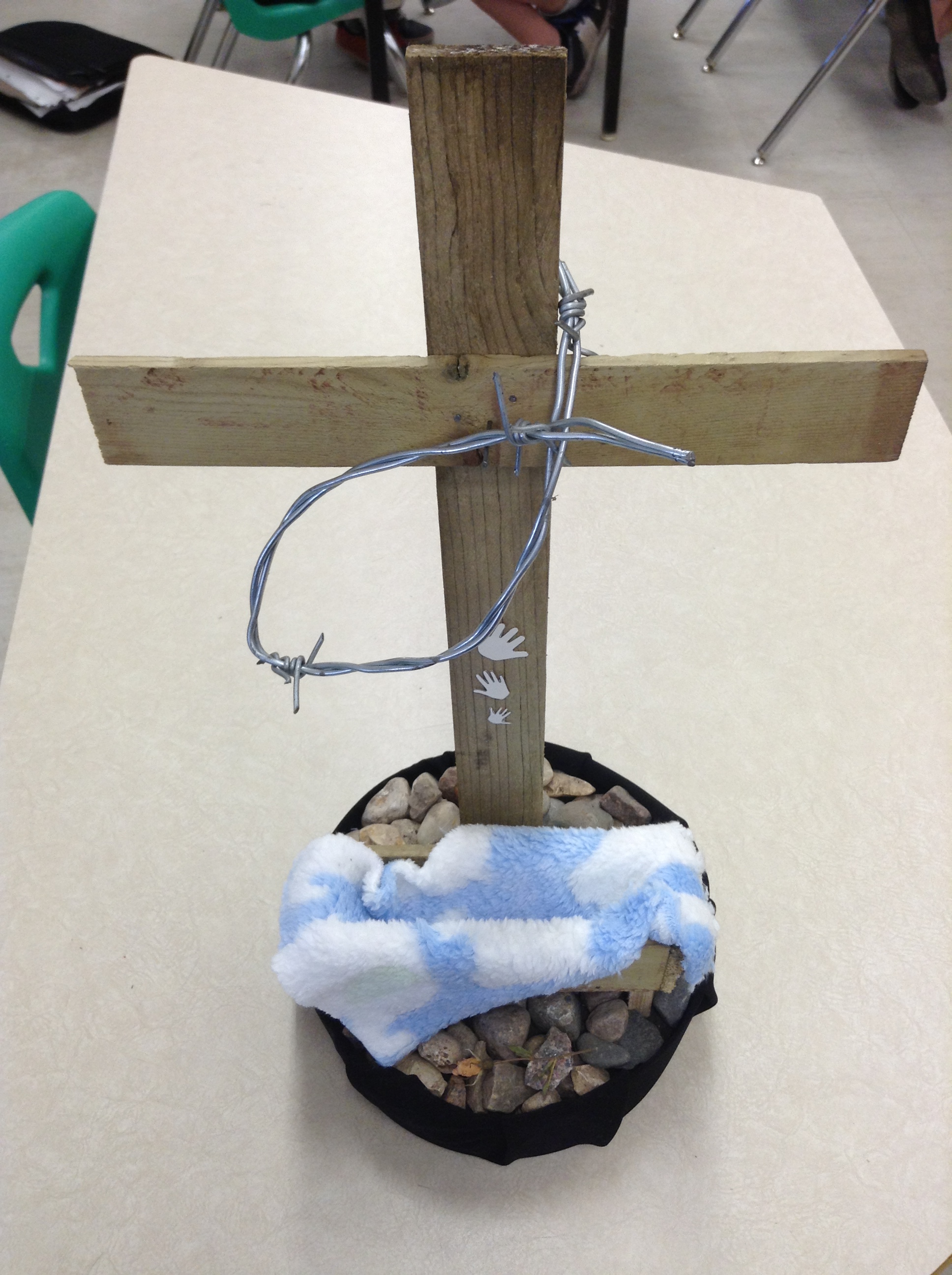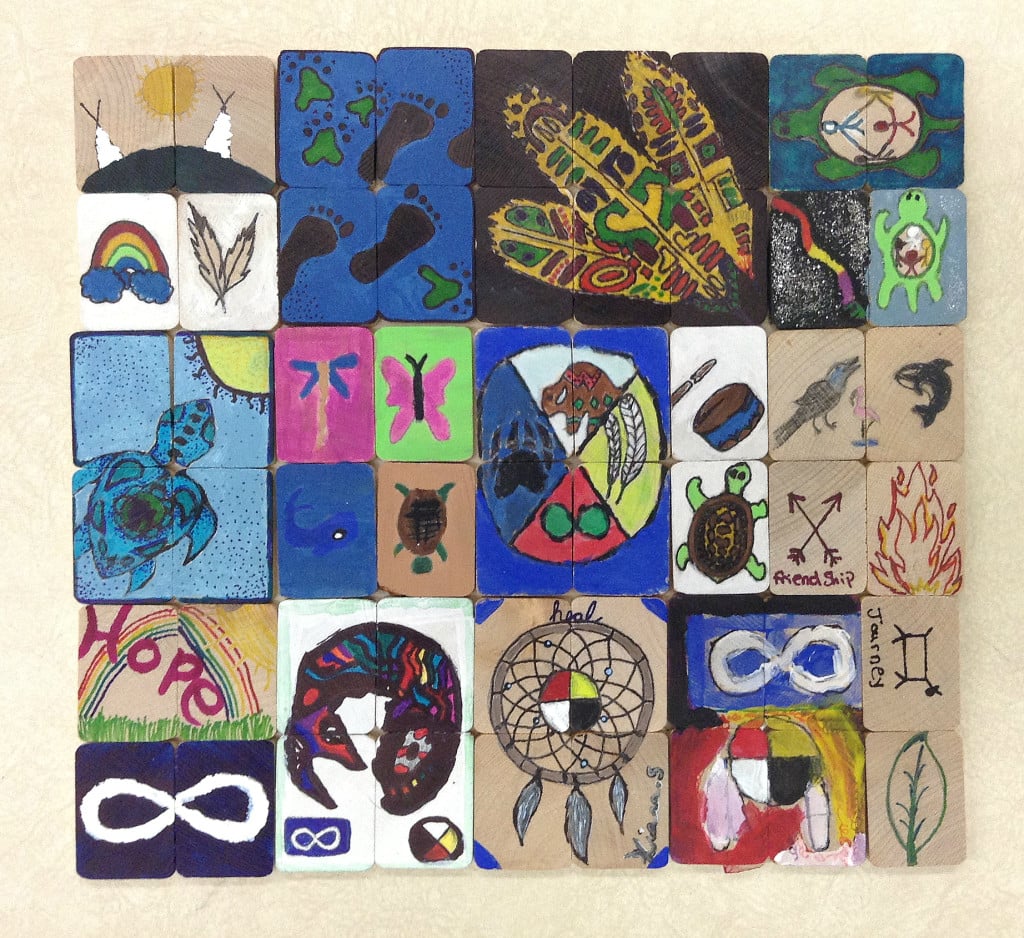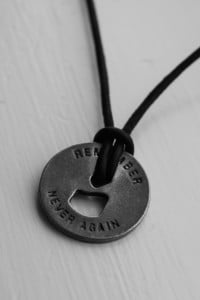When I first looked at exploring human rights issues in my grade nine English class, I struggled with finding the right medium to help my students to dig deeply. The idea behind using slam poetry came from my student teacher, Andrew. Andrew believed that the personal stories of those directly affected by things like unfair laws, tragedies, and war would most help students understand human rights and why they are integral to our world.
Jamie
Recent Posts
We've compiled a list of the nine books that we feel every teacher (and student) must read. Each of these books tackles an important event/issue in history. Each of these books is engaging, well-written, and powerful.
Topics: Professional Development, Holocaust, Holocaust Education, English Classroom, Literature, Personal history
8 Lessons the Museum of Human Rights Taught Me about My Classroom
Posted by Jamie on November 27, 2014
Museums are invaluable to education. The carefully selected exhibits, information, and artifacts provide tangible and visual evidence for exploration, reflection, and dialogue that support lessons in the classroom. Museums allow students to build upon prior knowledge – to see things differently.
Topics: Art, Choosing to Participate, Facing History Resources, Holocaust, Canada, Innovative Classrooms, Museum Studies, Strategies
Memorializing the Armenian genocide.
I have always been fascinated by the creation of – and purpose behind – memorials and monuments. I can appreciate the level of thought and detail that goes into each and every design.
Topics: Art, Facing History Resources, Memorial, Genocide and Crimes Against Humanities Course, Lesson Ideas
Six years ago, Prime Minister Stephen Harper made a public apology on behalf of all Canadians for the residential schools the government of Canada created in the 19th century that plagued the fabric of Canadian history for generations to come. Between 1880 and 1996, more than 150,000 First Nations, Inuit, and Métis children were forced into Indian residential schools and thousands did not survive. Those that did survive suffered a loss of language, culture, family, and self. Many suffered abuse at the hands of those who were supposed to care for them.
Topics: Art, Choosing to Participate, Human Rights, History, Innovative Classrooms, Memorial, We and They, Culturally Responsive and Relevant Pedagogy, Social Justice
I wear a pendant around my neck. It’s about the size of a quarter and it has the silhouette of a solitary candle carved out of the middle. Written around the candle are the words Remember and Never Again. It’s a simple, yet powerful design. A student, noticing this, asked me why I often wore it and what it meant. Instead of answering the question directly, I turned it back to her. I told her that a friend of mine had bought it for me at the United States Holocaust Memorial Museum in Washington D.C. and I asked her why we study the Holocaust. Why do we need to remember?
Topics: Art, Facing History Resources, History, Memorial, Strategies, Genocide and Crimes Against Humanities Course, Lesson Ideas, CHG
Sometimes the best lessons are not the ones that happen within the confined walls of the classroom. They are not meticulously planned, nor are they teacher-driven. Sometimes the best lessons – the best teaching moments – come from our students; it is then that we, as educators, find ourselves taking a step back and letting them teach us.







